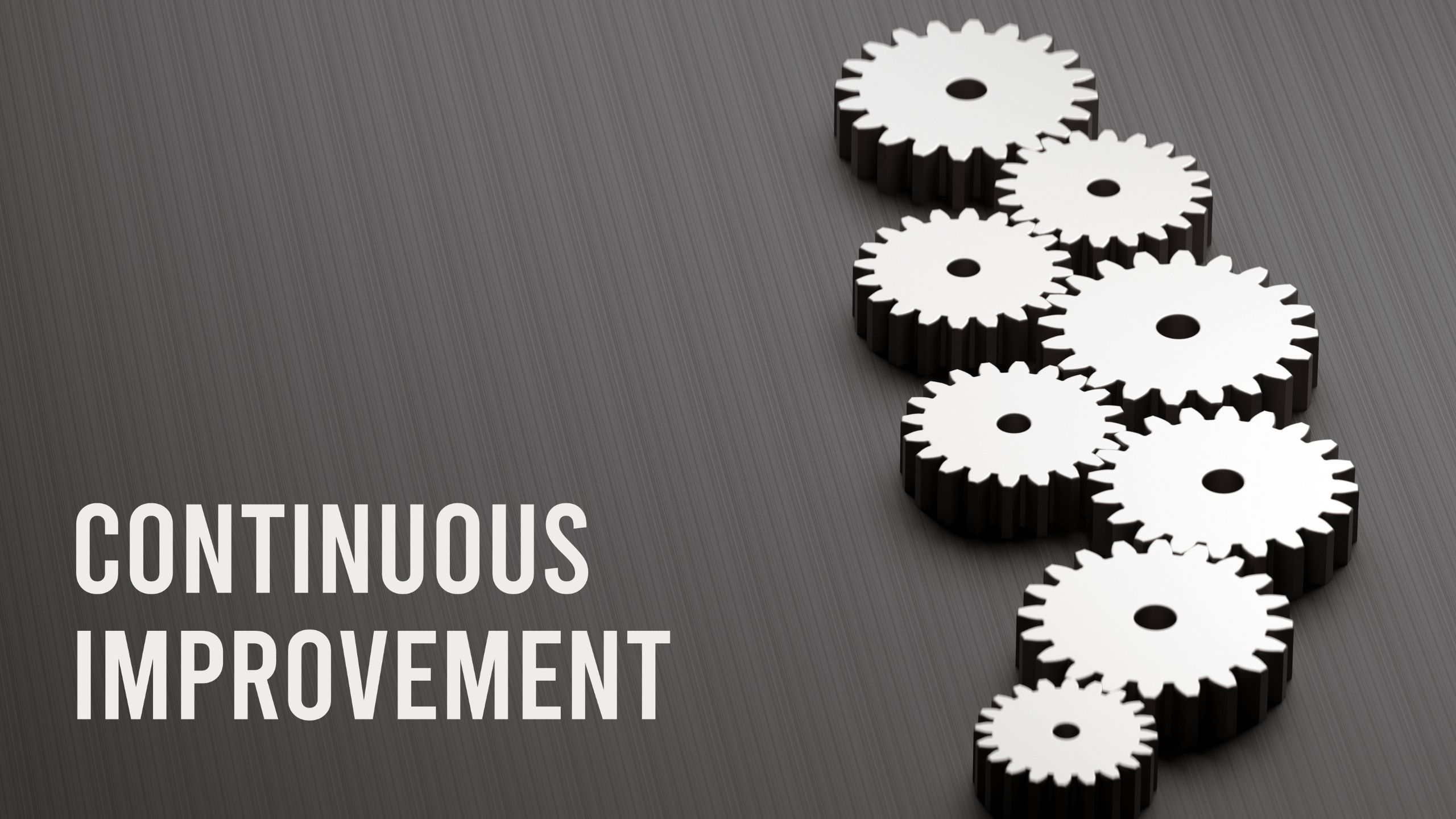Why Continuous Improvement Is Central to SQF Quality Management
The SQF Quality Code emphasizes that high performance isn’t a fixed outcome—it’s a moving target. Markets evolve, consumer expectations shift, and operational complexity increases. To remain competitive and compliant, facilities must do more than maintain quality—they must adhere to continuous improvement.
Continuous improvement (CI) under SQF isn’t optional—it’s a core expectation. Facilities are expected to demonstrate that they collect, analyze, and act on performance data regularly to drive measurable improvements in product quality, process efficiency, and defect prevention. It is a long-term commitment to excellence—not a short-term fix.
What Continuous Improvement Looks Like in SQF-Certified Facilities
SQF doesn’t prescribe a single CI methodology, but it does require a structured and evidence-based approach. Facilities should be able to demonstrate:
- Quality metrics and KPIs tracked consistently over time (e.g., defect rates, rework volumes, on-time delivery, cost of quality)
- Defined improvement objectives aligned with customer requirements and business goals
- Regular performance reviews involving leadership and cross-functional teams
- Corrective and preventive action systems (CAPA) that not only resolve problems but lead to institutional learning
- Use of internal audits, customer feedback, and supplier performance as improvement drivers
Auditor Expectation: Auditors will want to see CI logs, performance dashboards, closed-loop CAPA documentation, and proof that CI goals are discussed during management review.
Proven Tools and Frameworks to Drive Improvement
Facilities that excel in continuous improvement often pull from lean manufacturing and Six Sigma principles. Some widely used tools include:
- PDCA (Plan-Do-Check-Act) for iterative improvements
- DMAIC (Define-Measure-Analyze-Improve-Control) for structured root cause resolution
- A3 Reports that distill problem-solving efforts into concise formats for team use
- Control charts and run charts to monitor processes over time
- Kaizen events that bring frontline teams together for rapid improvement projects
Pro Tip: Choose a framework that matches the complexity of the issue. Don’t use DMAIC to solve a training problem. Simpler tools often yield faster, more sustainable results.
Where to Focus Improvement Efforts for Maximum Impact
CI resources are finite. To maximize return, prioritize areas that:
- Generate frequent non-conformances or customer complaints
- Involve high-cost rework or yield loss
- Affect high-volume or high-margin products
- Involve repeat issues that haven’t been sustainably resolved
- Create bottlenecks, high downtime, or operator frustration
Example: A ready-meal manufacturer identified repeated portioning inconsistencies. A CI team reviewed historical filler data, introduced automated feedback controls, and trained staff on weight verification. This cut giveaway losses by 18% and improved customer satisfaction ratings.
Embedding CI into the Organizational Culture
CI only works when it becomes a way of thinking—not an event. SQF facilities aiming for long-term quality performance invest in:
- Tiered daily management systems where KPIs are reviewed and escalated at every level
- Cross-functional project teams empowered to lead improvement initiatives
- Recognition programs that celebrate CI contributions from any level of the organization
- CI onboarding so new employees understand they’re expected to think critically and act on quality issues
- Structured coaching for supervisors to develop problem-solving and facilitation skills
Measuring the Effectiveness of Continuous Improvement
SQF expects CI to be more than a buzzword—it should produce visible gains. Facilities should track:
- Reduction in repeat non-conformances
- Improvements in audit scores and closure rates
- Decreases in internal and customer complaint trends
- Time saved or yield gained from successful CI projects
- Team engagement in submitting and implementing ideas
Actionable Tip: Establish a CI tracking log with targets, owners, deadlines, and metrics. This is often the strongest evidence of sustained improvement during an audit.
Final Takeaway: Continuous Improvement Is How Good Gets Better
SQF doesn’t reward facilities that simply meet the minimum standard. It rewards those that demonstrate a commitment to always improving—across departments, shifts, and systems.
Facilities that treat continuous improvement as a culture—not just a compliance checkbox—create more resilient operations, elevate employee engagement, and build brands known for consistency and excellence.








